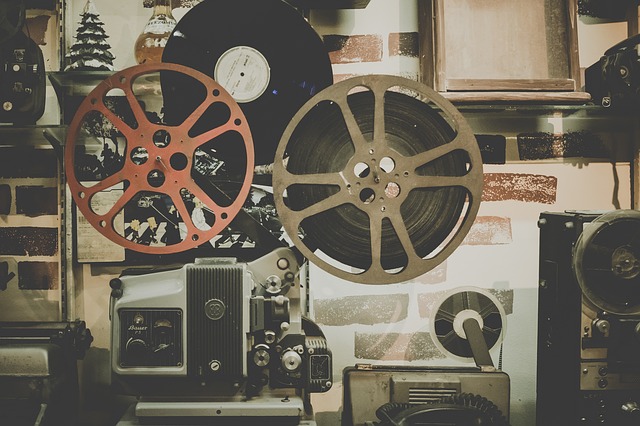The best camera is known to be the one you always have with you. Rotate, cut, edit – all of this can be done directly on the smartphone. With these features, you can actually create your own first film for whatever reason or purpose it maybe. And the perks of learning and getting good at it is that you can create and sell udemy courses on filming videos through your smartphone.
Prepare your mobile phone video optimally
Before editing, of course, you first need video material and this can be easily recorded with the smartphone. Before you get started, there are a few things to consider:
- The cell phone should be powerful enough to record and play films smoothly.
- If possible, you should choose the highest possible resolution in the video recording settings.
- Many devices have an image stabilizer. This should always be activated.
- There are also apps that make advanced camera settings possible. For example ProCam 4 for the iPhone or Open Camera for Android smartphones.
- Videos also require a lot of storage space. This should be cleared on the cell phone, an additional (fast) memory card is not a must, but certainly recommended.
How to Film Professional Videos with an Android Smartphone
Mobile phone videos are even better
To improve the quality there are gadgets and accessories that can be very useful. The characteristics of the mobile phone microphone are mostly designed for speech and can be expanded with an external (clip-on) microphone. If the light is insufficient, an additional mini LED light can help. For special perspectives, there are click-on lenses with fisheye, macro or wide-angle effects. A selfie stick or tripod is a useful tool for a calmer picture. This is also more wobble-free if you attach a cord to the cell phone, put your foot on the other end and keep the cell phone “on the move”. You should not use the digital zoom when filming, it will pixelate the image. To avoid annoying calls or messages while filming, it’s best to activate the flight mode and then – very important – hold the smartphone across and start filming. Turning the television 90 degrees later is rather cumbersome.
This is the best way to film with the camera
Spontaneously filming everything that comes in front of your lens is one possibility. However, it is better to think in advance what, how and where should be filmed. So you can also think about whether and what text you want, whether you need interview questions, what the video should show and how it is implemented.
Your story should be as short as possible and depict all the essentials. You probably don’t like to watch long videos in which nothing happens afterward. And: The more precise and error-free you are filming the clips, the less effort you will have when editing them …
Post-processing: cut, tone and done
Once your scenes are in the box, it’s time to produce the film. On Android, this is easily possible with the included Google Photo app: select Assistant in the menu, then click film, select photos and/or videos, create video, done. You can also edit and save your videos rudimentary on the iPhone with the preinstalled photo app. If you want it to be a little nicer and more professional, you have to use apps that are now available everywhere in stores.
The range of functions ranges from simply cutting the clips to transitions with text, graphic and special effects and elaborate scoring. Many programs are available free of charge or as limited trial versions, others also as subscriptions. The following applies here: first try and test extensively and only then buy.
Apps for smart directors
Popular Apps for the iPhone are iMovie or for the more professional area Pinnacle Studio Pro.
For Android smartphones, for example, Androvid Pro is recommended for the more or less inexperienced video editor, for professionals the rather expensive variant KineMaster or the somewhat cheaper program Power Director is suitable.
Magisto takes a slightly different approach: once you’ve uploaded your clips and music to the Magisto server, the service takes care of the rest and cuts a video with transitions to match the music.
Speaking of background music: If you underlay your film with your current favorite song and publish the whole thing on YouTube, for example, the video will disappear very quickly because you must have the rights to use the music. There are also special websites that offer music for licensing, such as the YouTube audio library, Jamendo or Hartwigmedia.



